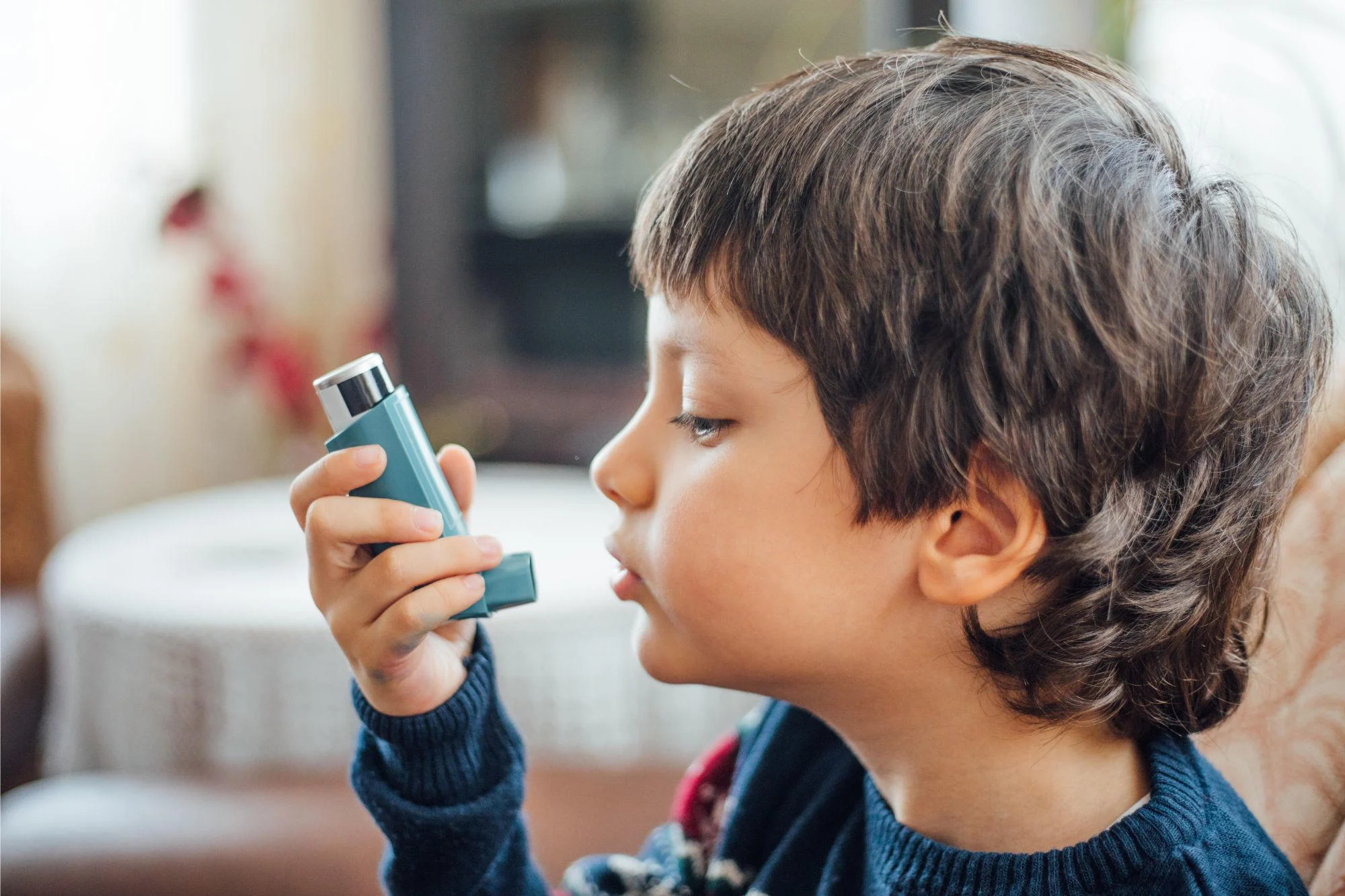Pediatric asthma is a common chronic condition affecting millions of children worldwide. It is characterized by inflammation and narrowing of the airways, leading to difficulty breathing. Asthma symptoms can range from mild to severe and may include coughing, wheezing, shortness of breath, and chest tightness. Understanding recent advancements in asthma research and treatment options is crucial for improving the quality of life for children suffering from this condition.
What is Pediatric Asthma?
Pediatric asthma is a condition where the airways become inflamed and narrowed, causing breathing difficulties. This can be triggered by various factors, including allergens, respiratory infections, smoke, and changes in weather. Asthma in children can significantly impact their daily activities, including school performance and participation in physical activities.
Recent Research in Pediatric Asthma

Recent research has made significant strides in understanding the underlying mechanisms of asthma and identifying new treatment options. Studies have highlighted the role of genetic factors in asthma susceptibility, revealing that children with a family history of asthma or allergies are at a higher risk of developing the condition. Additionally, researchers are exploring how environmental factors, such as exposure to pollution and tobacco smoke, contribute to asthma development.
One of the most promising areas of research involves the role of the microbiome in asthma. The microbiome refers to the community of microorganisms living in and on our bodies. Emerging studies suggest that an imbalance in the gut microbiome may influence the development and severity of asthma. Researchers are investigating how probiotics and other interventions might help restore a healthy microbiome and potentially reduce asthma symptoms.
Advances in Treatment Options
Medications
The management of pediatric asthma typically involves a combination of long-term control medications and quick-relief medications. Long-term control medications, such as inhaled corticosteroids and leukotriene receptor antagonists, help reduce inflammation and prevent asthma symptoms from occurring. Quick-relief medications, such as beta-agonists, provide rapid relief during an asthma attack.
Recent advancements in medication include the development of biologics, which are a new class of drugs designed to target specific molecules involved in the inflammatory process. Biologics, such as monoclonal antibodies, offer targeted treatment for children with severe asthma that is not well controlled by standard medications.
Immunotherapy

Allergen immunotherapy is another treatment option that has gained attention in recent years. This approach involves gradually exposing the child to increasing amounts of an allergen to build tolerance and reduce allergic reactions. Immunotherapy can be administered through allergy shots or sublingual tablets and is particularly effective for children with asthma triggered by specific allergens.
Lifestyle and Environmental Modifications
In addition to medications and immunotherapy, lifestyle and environmental modifications play a crucial role in managing pediatric asthma. Parents and caregivers can help by identifying and avoiding asthma triggers, such as dust mites, mold, pet dander, and tobacco smoke. Implementing measures to reduce exposure to these triggers can significantly improve asthma control.
The Role of Pediatricians
A pediatrician is a key figure in managing pediatric asthma. They are responsible for diagnosing the condition, developing a personalized treatment plan, and monitoring the child’s progress. For families seeking expert care, a pediatrician in Scranton, PA can provide comprehensive care and support tailored to the needs of each child.
Conclusion
Understanding pediatric asthma and staying informed about the latest research and treatment options are essential for managing this chronic condition effectively. With advancements in medication, immunotherapy, and lifestyle modifications, there are more options than ever for improving asthma control and enhancing the quality of life for children. Collaboration between parents, caregivers, and healthcare professionals is key to ensuring that children with asthma receive the best possible care and support.
By keeping up with ongoing research and working closely with healthcare providers, families can navigate the challenges of pediatric asthma and help their children lead healthier, more active lives.

